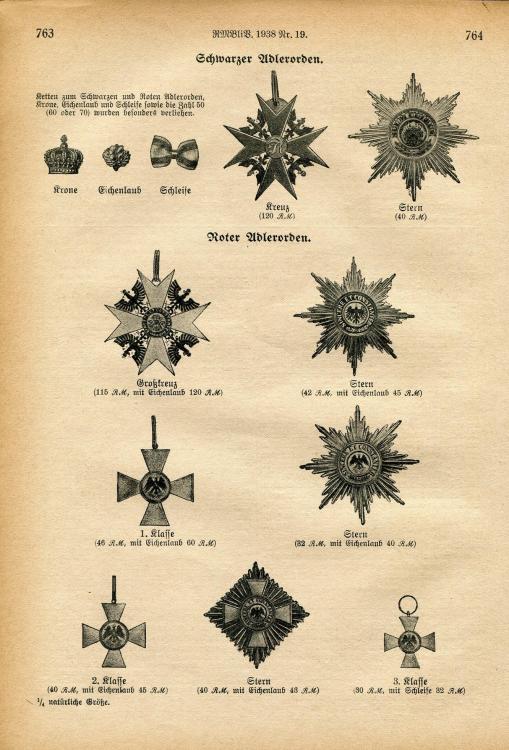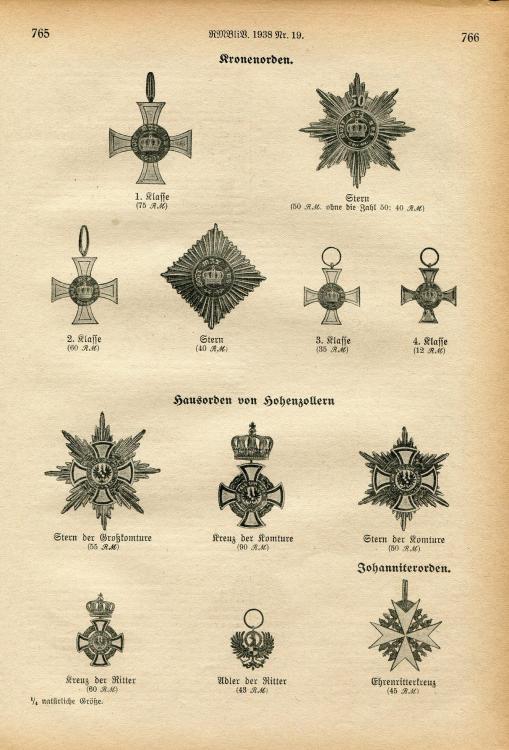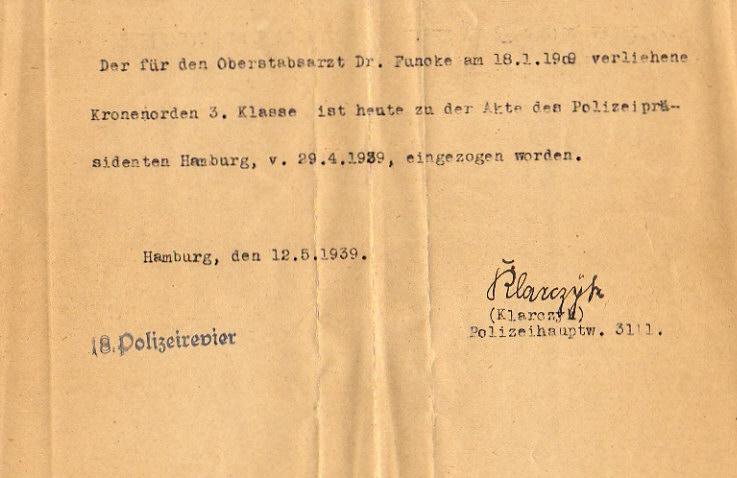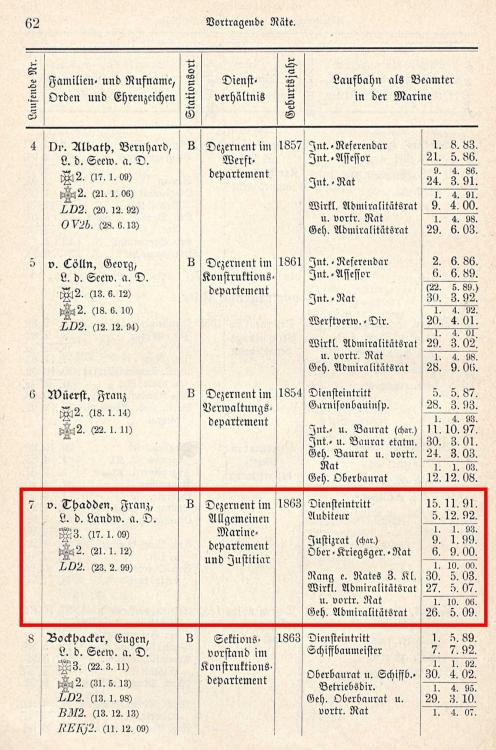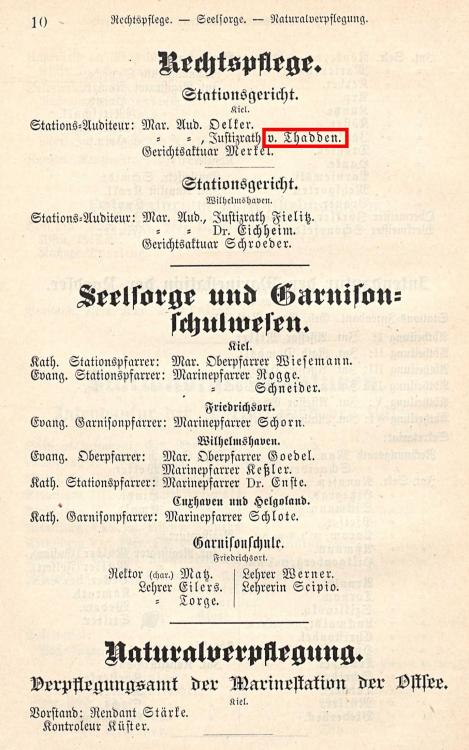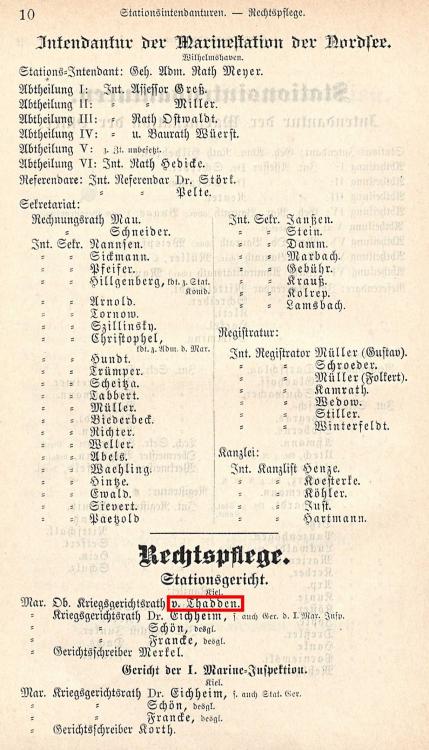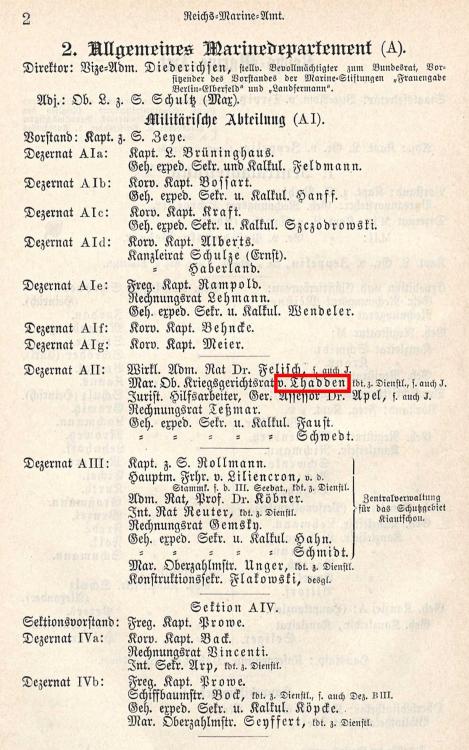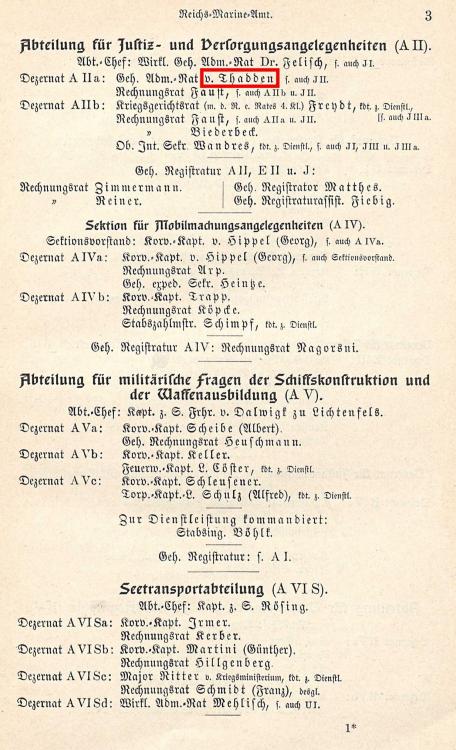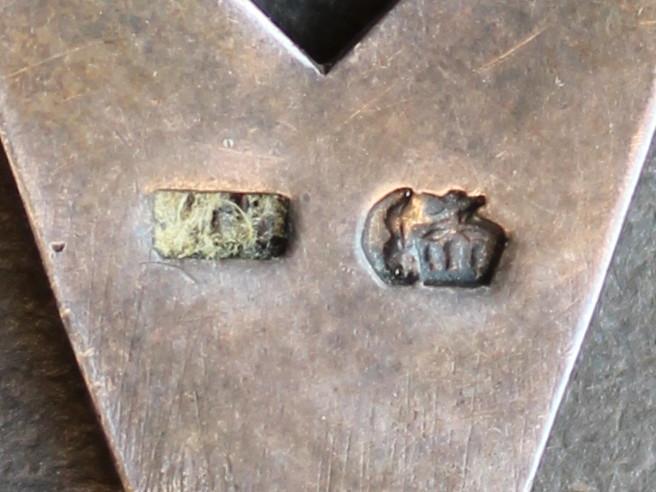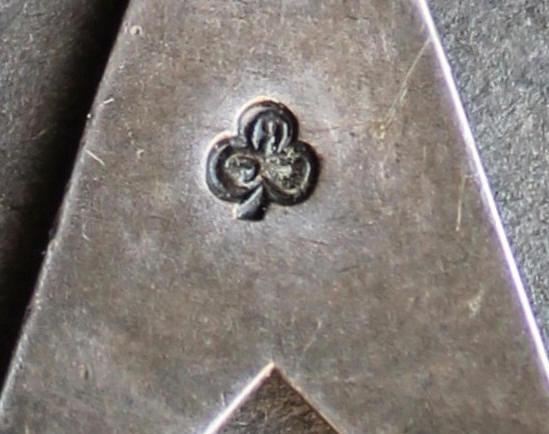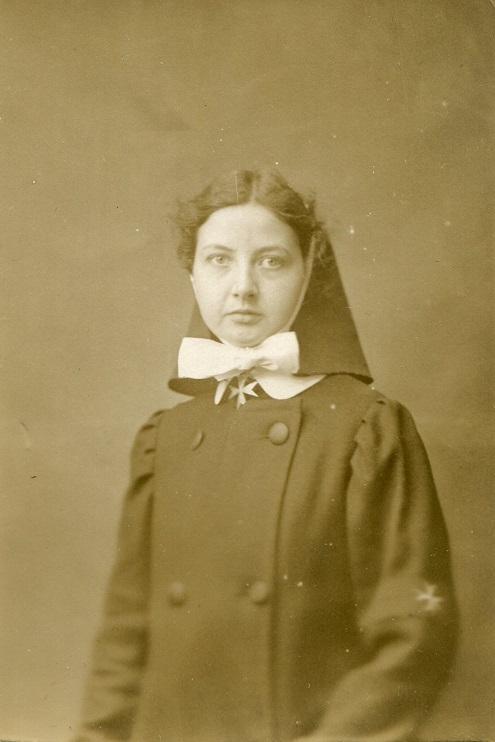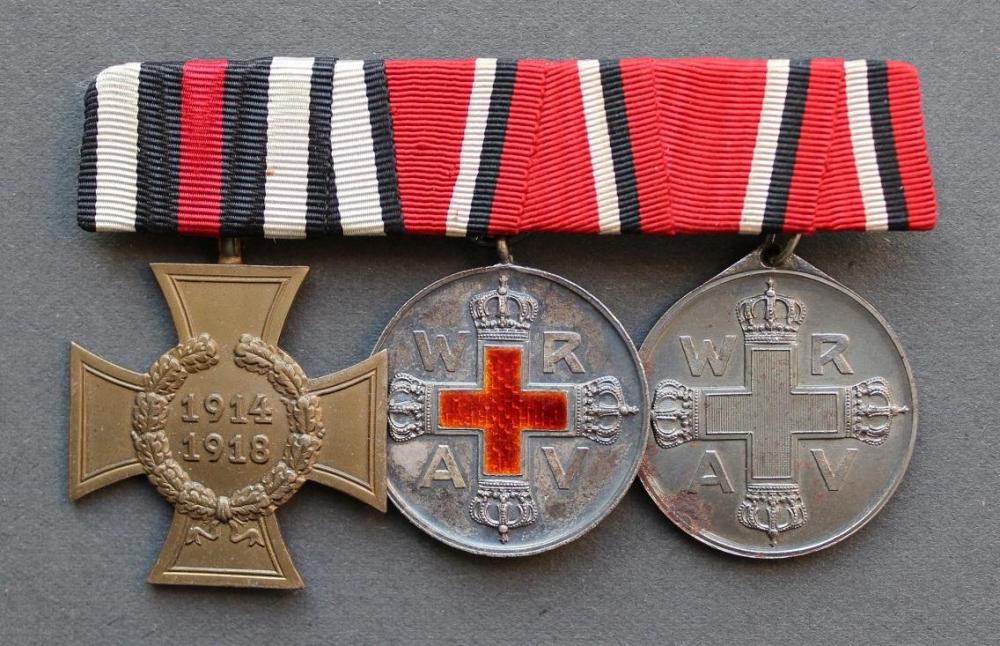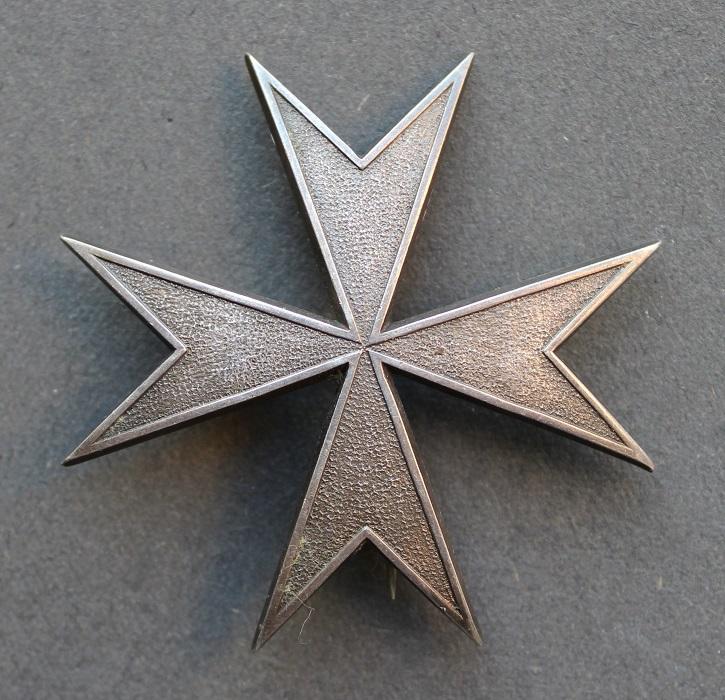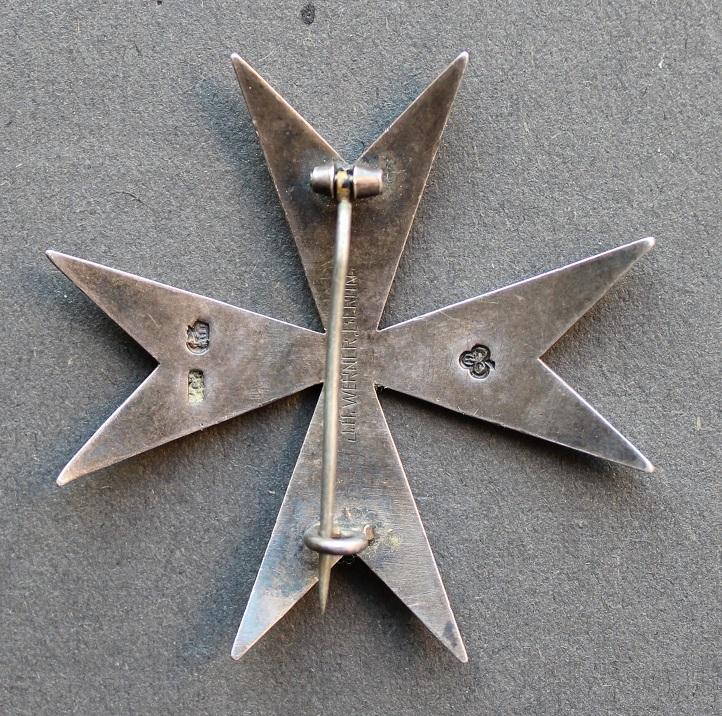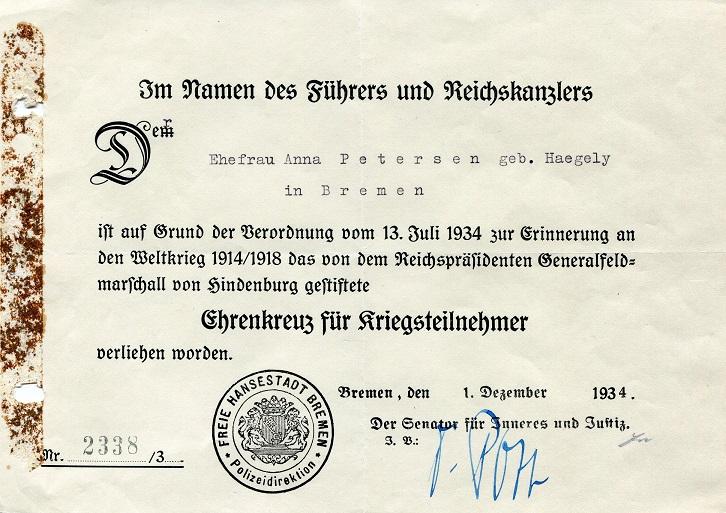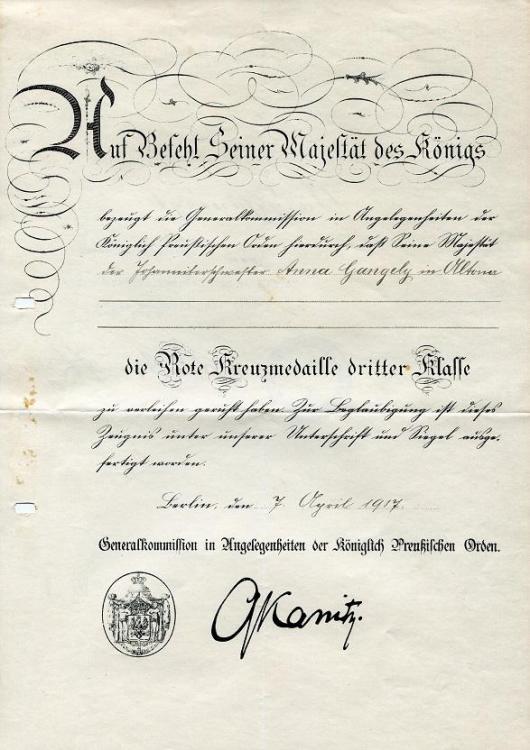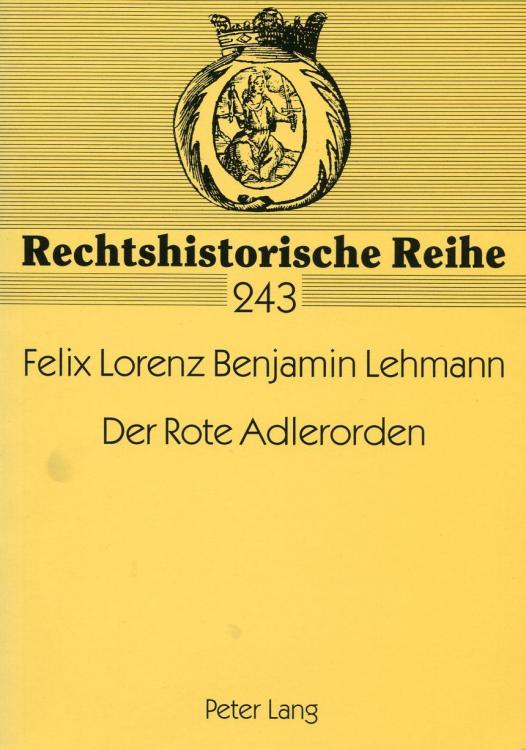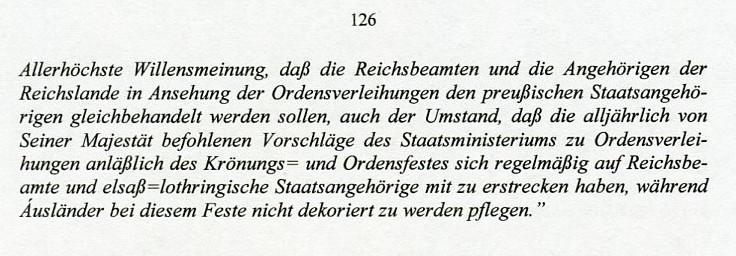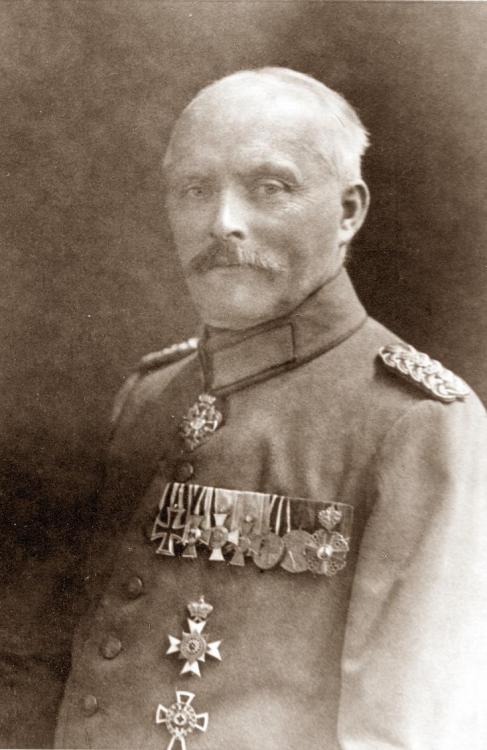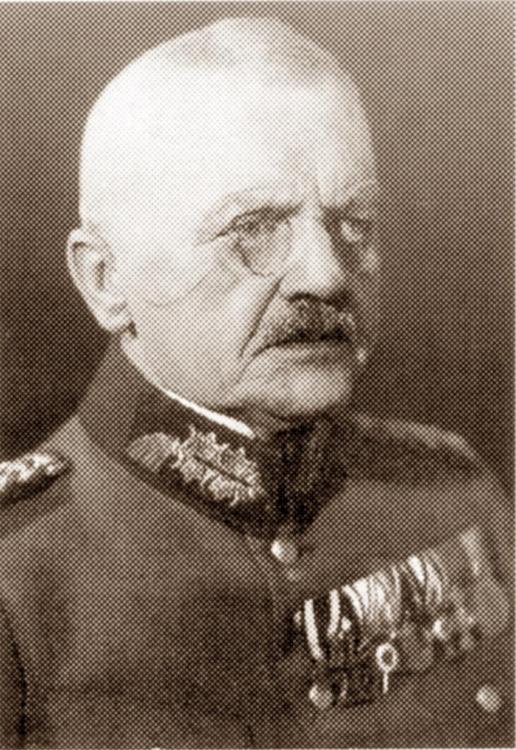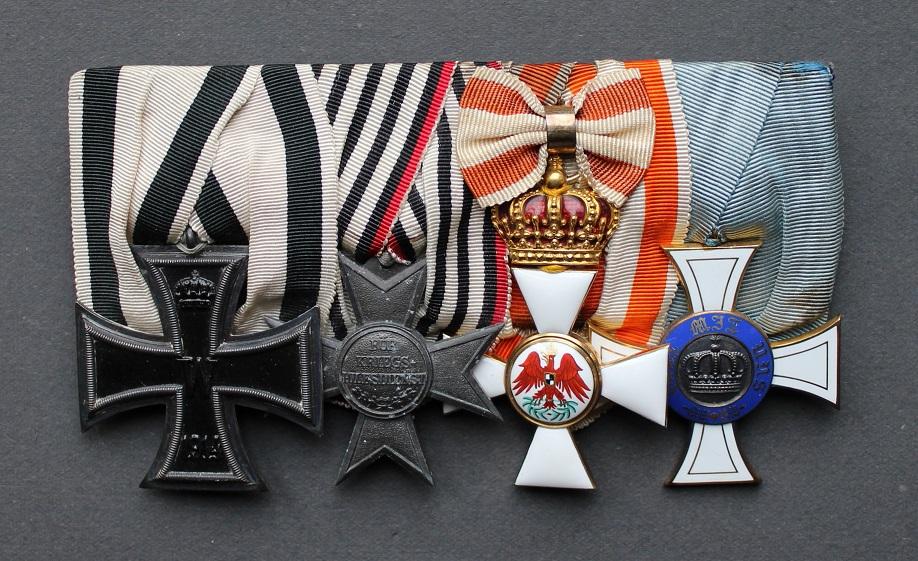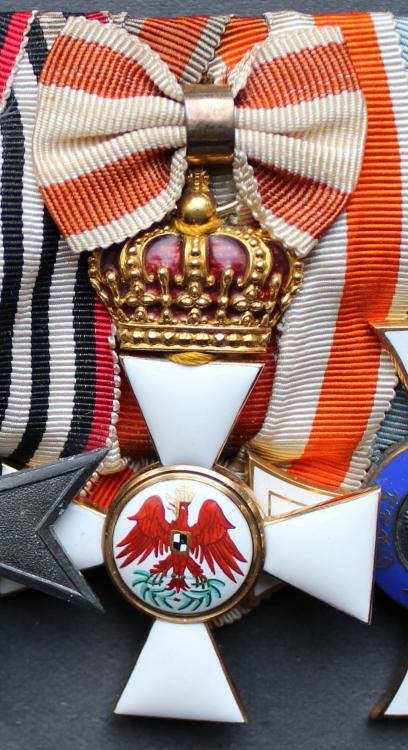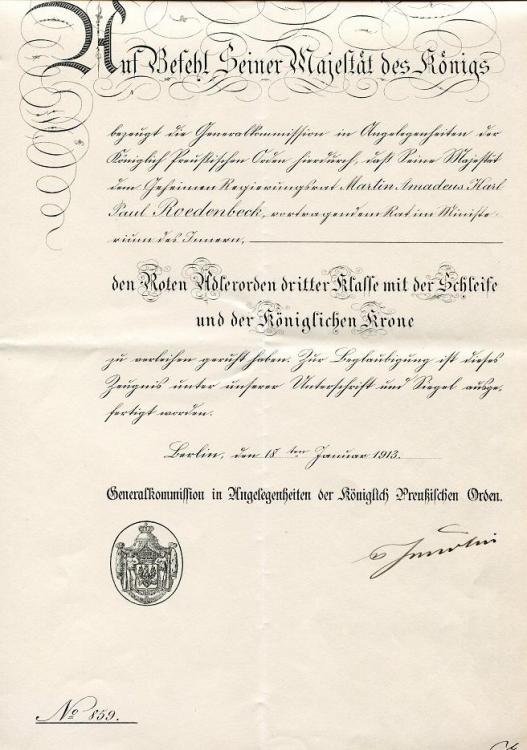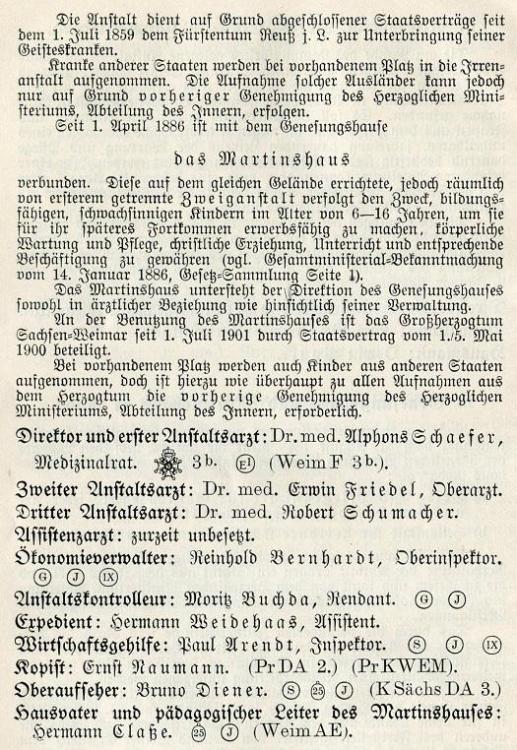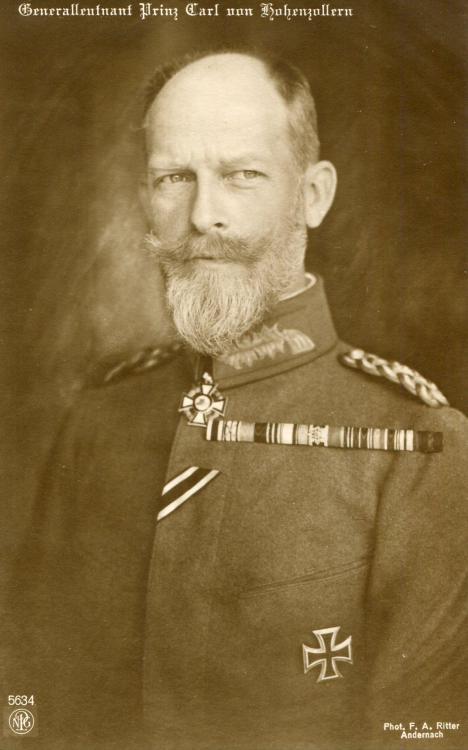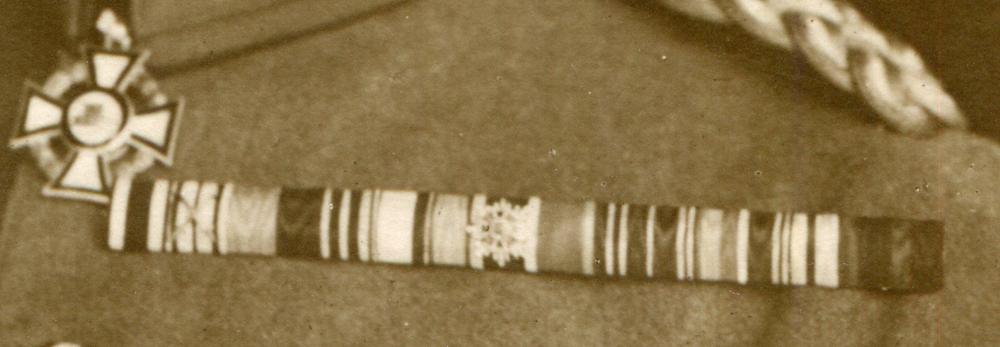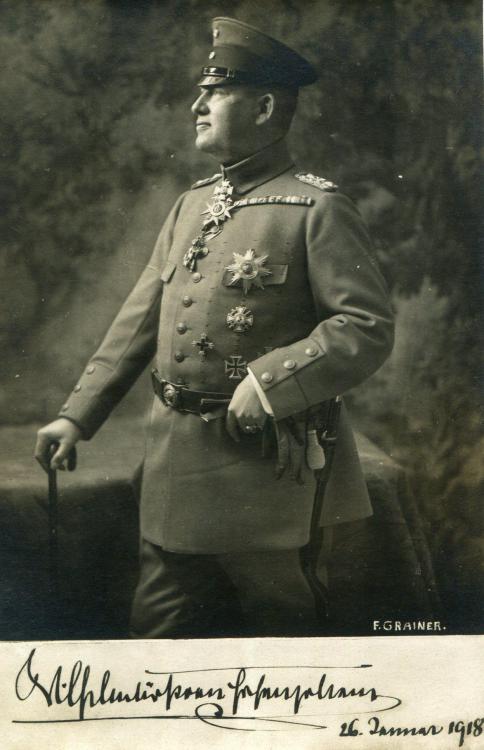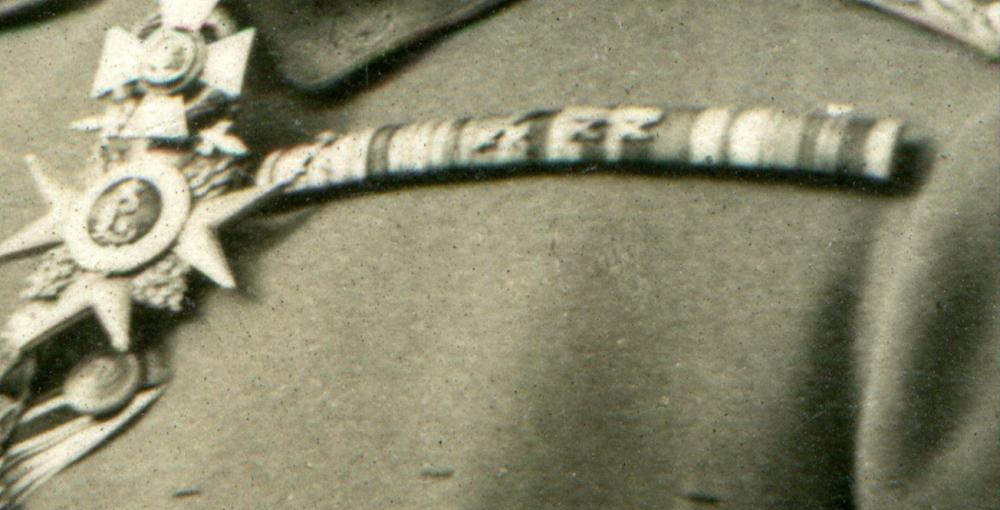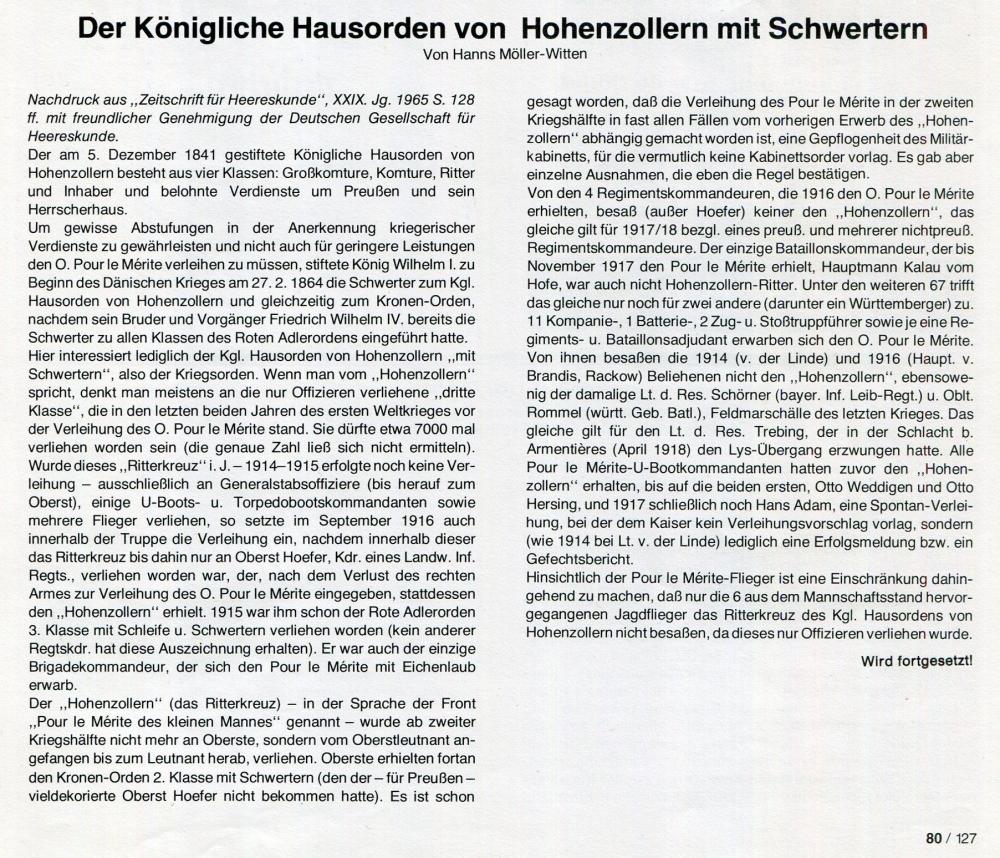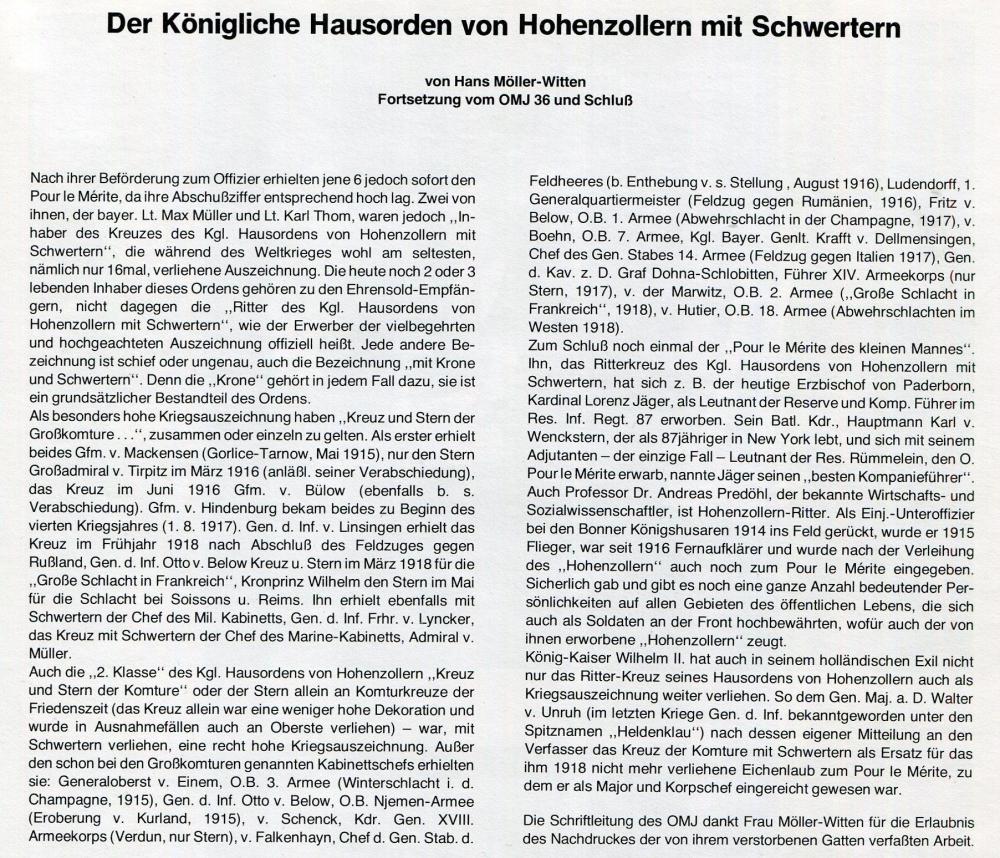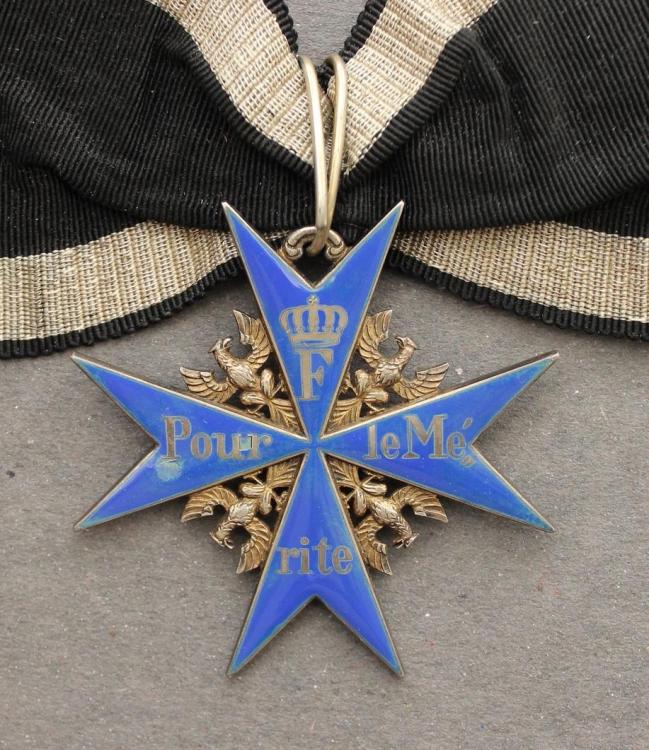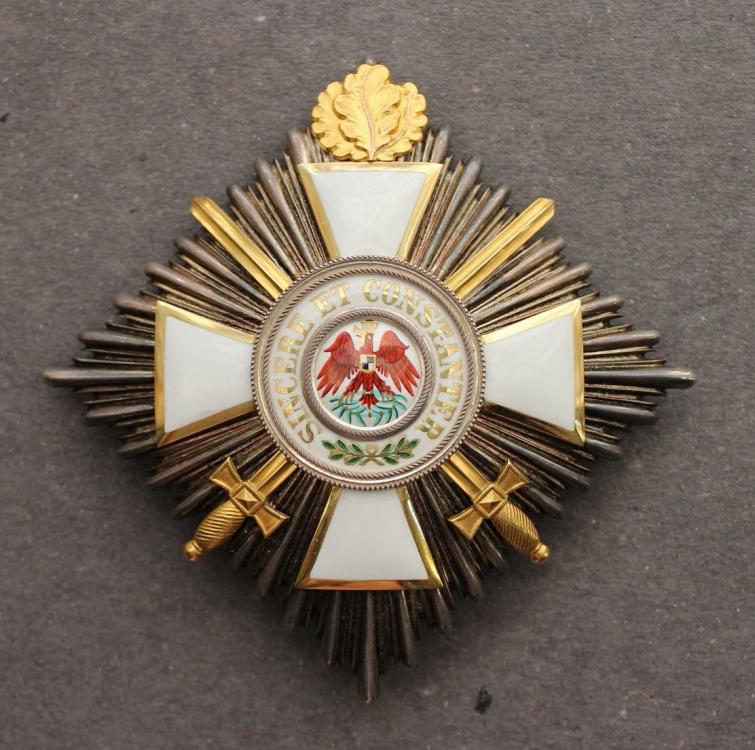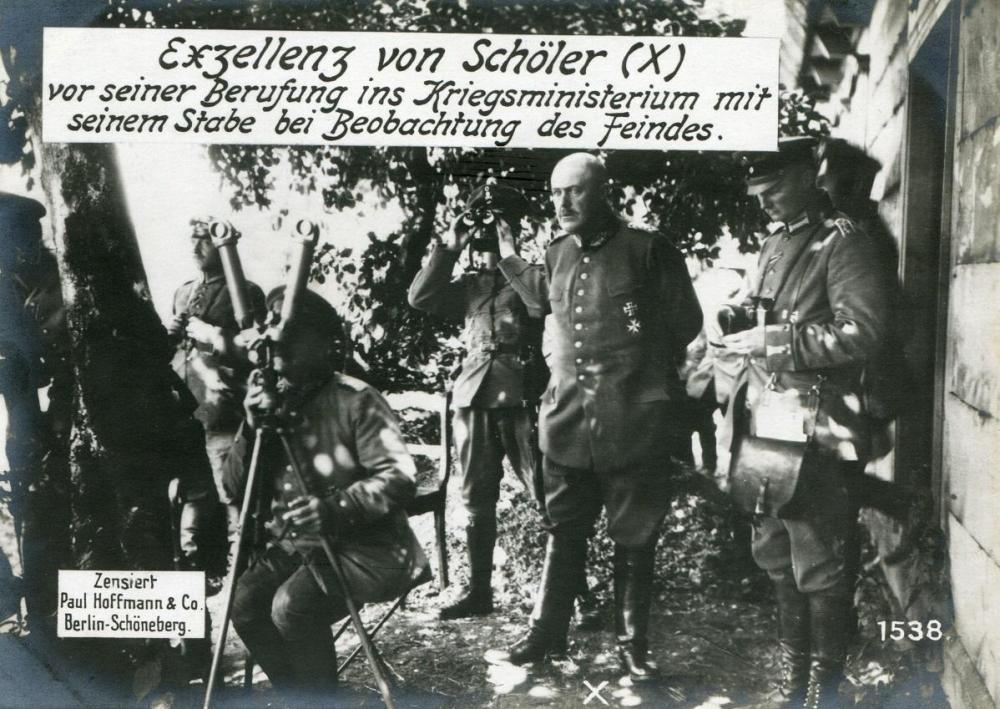-
Posts
1,291 -
Joined
-
Last visited
-
Days Won
20
Content Type
Profiles
Forums
Blogs
Gallery
Events
Store
Everything posted by Komtur
-
Indeed it is a silver decoration and v. d. Lippe is mentioned in the list for the knight class of this order. In my opinion this could be a result of confusion in our understanding of the classes or simply an error in the list. It seems for me very unlikely, that he promoted within the order, even if this is not impossible. You can find the list in the mentioned archive of the HEROLD society, where the Klietmann documents are stored. There is also a correspondence between Klietmann and Karl Victor zu Wied from 1949/50 that indicates, that this list origins from this son of the Mbret of Albania Prince Wilhelm Wied. Karl Victor wrote amongst others, that he is quite sure, that this document is incomplete. We can confirm this now by some persons we found out as holders of the order, but missing in this list, e.g. most of the dutch officers. The names and numbers Klietmann publicates are based on this (incomplete) source. Thank you for your interesting information of sources showing other bars with the Albanian Black Eagle Order, from wich the second one I could found in my own library. Unfortunaltely I have no copies of the Ordens-Sammlung sale catalogues to look for the Lt. Czivisch bar.
-
-
Dr. Alphons Schäfer got the Reuß Cross of Honor 3rd class on 10th of November 1915. This was the birthday of Prince Heinrich XXVII. Reuß j. L. The decoration with crown was awarded mainly to individuals, connected to the reigning house. I suppose, that Dr. Schäfer as specialist and director of the not far located lunatic asylum in Roda was also responsible for the treatment of the because of mental illness incapable of reigning Prince Heinrich XXIV ä. L. Regards, Komtur.
-
There seems to be indeed no primary source. The secondary source Nimmergut (mentioned above) quotes in the case of the Hausorden von Hohenzollern with swords is Hans Möller-Witten. He is the author of Geschichte der Ritter des Ordens pour le mérite im Weltkrieg from 1935. In 1965 Möller-Witten published a short article in the Zeitschrift für Heereskunde about the Hausorden von Hohenzollern mit Schwertern. I add this article in the re-published version of 1980 (from Orden & Militaria Magazin). Another exception for receiving a pour le mérite without a Hausorden von Hohenzollern Ritterkreuz mit Schwertern before is General der Infanterie Roderich von Schöler.





